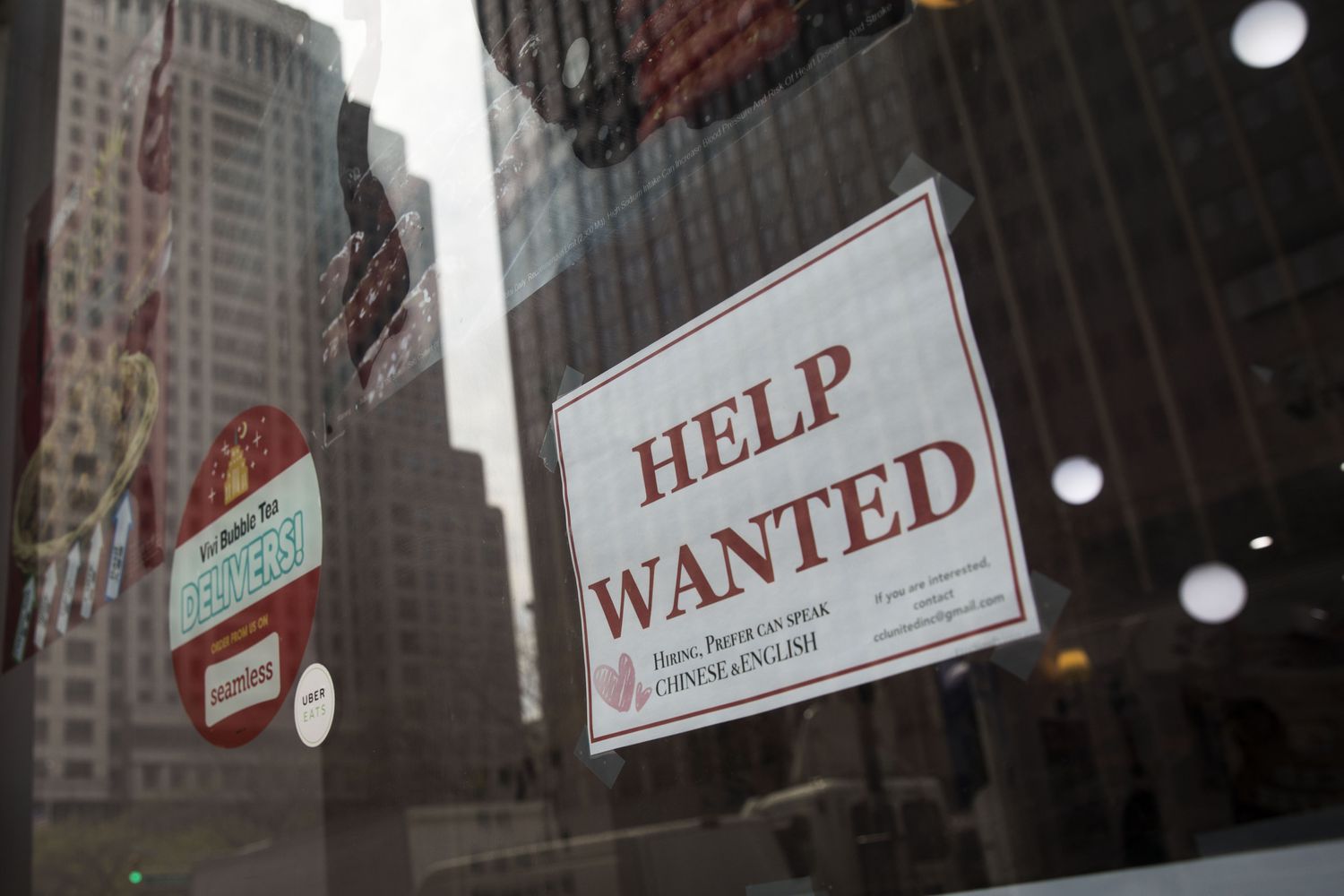Controlling unemployment depends on the type of unemployment that is trying to be controlled. People usually only ask this question when cyclical unemployment drives the unemployment rate above 7% or 8%. Cyclical unemployment is the result of the contraction phase of the business cycle, which usually causes a recession.
The Federal Reserve and Unemployment
When a country slips into recession the government—working through the Federal Reserve—works to reduce unemployment by boosting economic growth. The primary method used is expansionary monetary policy.
During an expansionary policy, the Federal Reserve eases monetary policy by reducing the federal funds rate and buying US Treasury and mortgage-backed securities on the open market, which increases the supply of money in the economy. Collectively, these tactics are designed to reduce interest rates across the yield curve, which spurs businesses to borrow money to buy capital equipment and hire more workers. Low-interest rates also tend to boost the housing market, spur auto sales, and increase personal consumption spending.
Expanding Fiscal Policy to Control Unemployment
The second way the government reduces unemployment is through fiscal policy. Using the expansion of fiscal policy, the president and Congress create jobs by increasing spending on government projects. Good examples are the New Deal and the 2009 Economic Stimulus Program. The policy can also give people more income to spend by cutting taxes. Examples of those are the Bush tax cuts in 2001 (EGTRRA) and 2003 (JGTRRA). In 2010, the Obama tax cuts extended those with modifications. This stimulates spending just like an interest rate decrease.
There are also many things you can do to protect yourself from unemployment. A higher-level degree or advanced training for an in-demand occupation is a good start. You should also keep finding ways to increase your competitive advantage throughout your career.
Frictional Unemployment
A certain amount of unemployment is not controllable since, at any given point, people will be between jobs. This concept is known as frictional unemployment, and it’s actually healthy for an economy. Frictional unemployment allows people to feel free enough to quit a job so they can look for a better one. That means both employers and employees will find a good fit and be more productive.
When Unemployment Falls Too Low
If unemployment is too low, then the economy is considered to be over-heated. At that point, inflation becomes more of a concern. An unemployment rate below 4% is considered “full” employment.
In fact, a certain amount of unemployment is factored into any attempt to control inflation. Although economists don’t agree on specifics, it is widely accepted that a certain number of jobs must be lost to control each tenth of a percentage point of inflation.
Structural unemployment is when there are jobs available, but the existing workers don’t have the skills to fill those jobs. It can happen when technology changes the nature of the work itself. For example, personal computers replaced stenographers and typists, and in Silicon Valley, tech companies have to look to India to find enough programmers to fill their needs.
Frequently Asked Questions (FAQs)
What states have the highest unemployment rates?
Unemployment rates fluctuated based on a number of factors, but two years after the COVID pandemic started, New Mexico had the highest unemployment rate, followed by Nevada, Alaska, Pennsylvania, and California.
How can I get help if I am unemployed but want a job?
Your state’s unemployment division can help you find unemployment benefits, jobs, and job training if you qualify for any of these programs. One good place to start is the US government’s unemployment assistance portal at USA.gov.
Who is considered unemployed?
According to the US Bureau of Labor statistics, people are counted as unemployed if they do not have a job but are willing and able to work and have looked for a job in the past four weeks without finding one.
